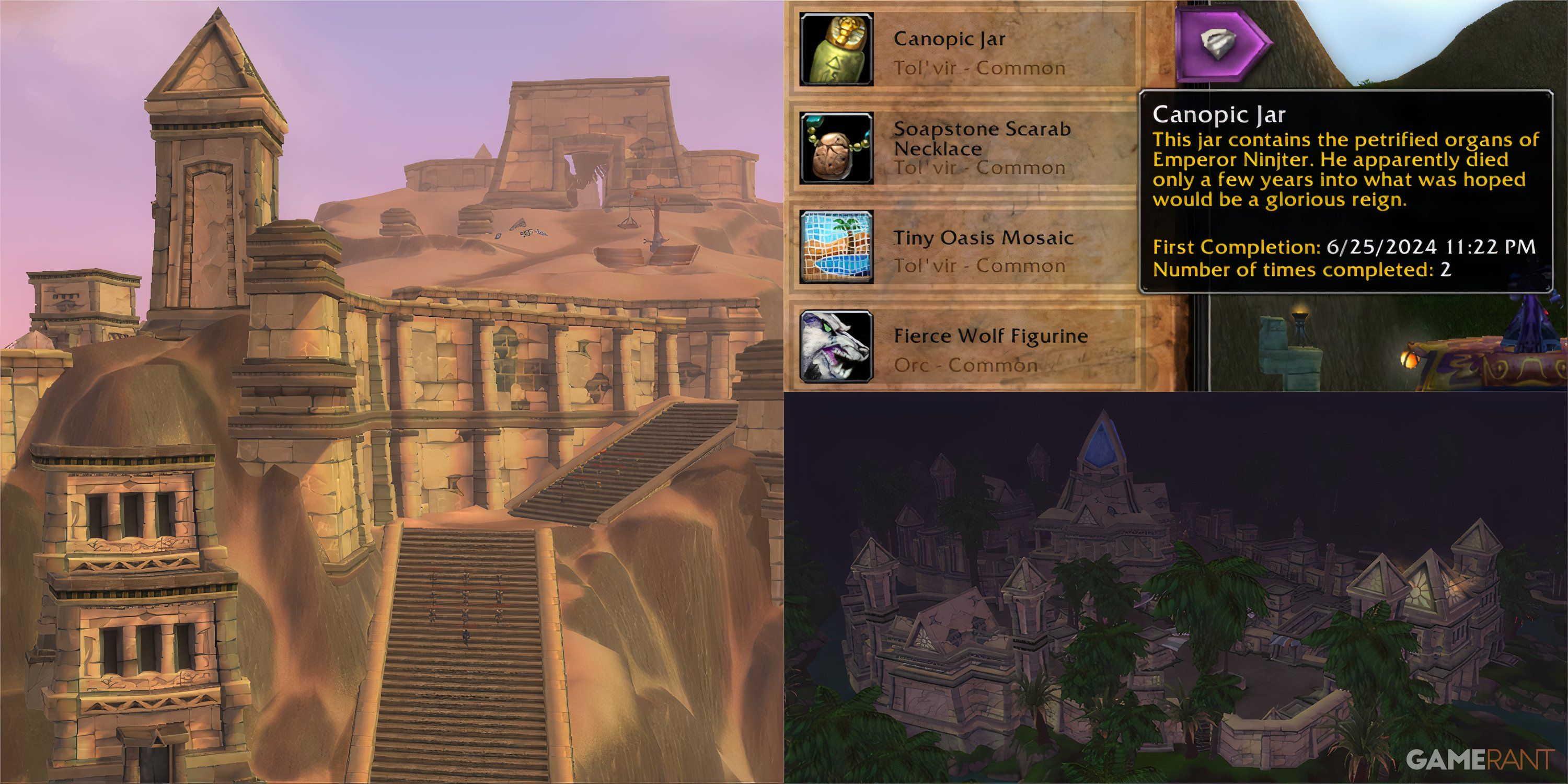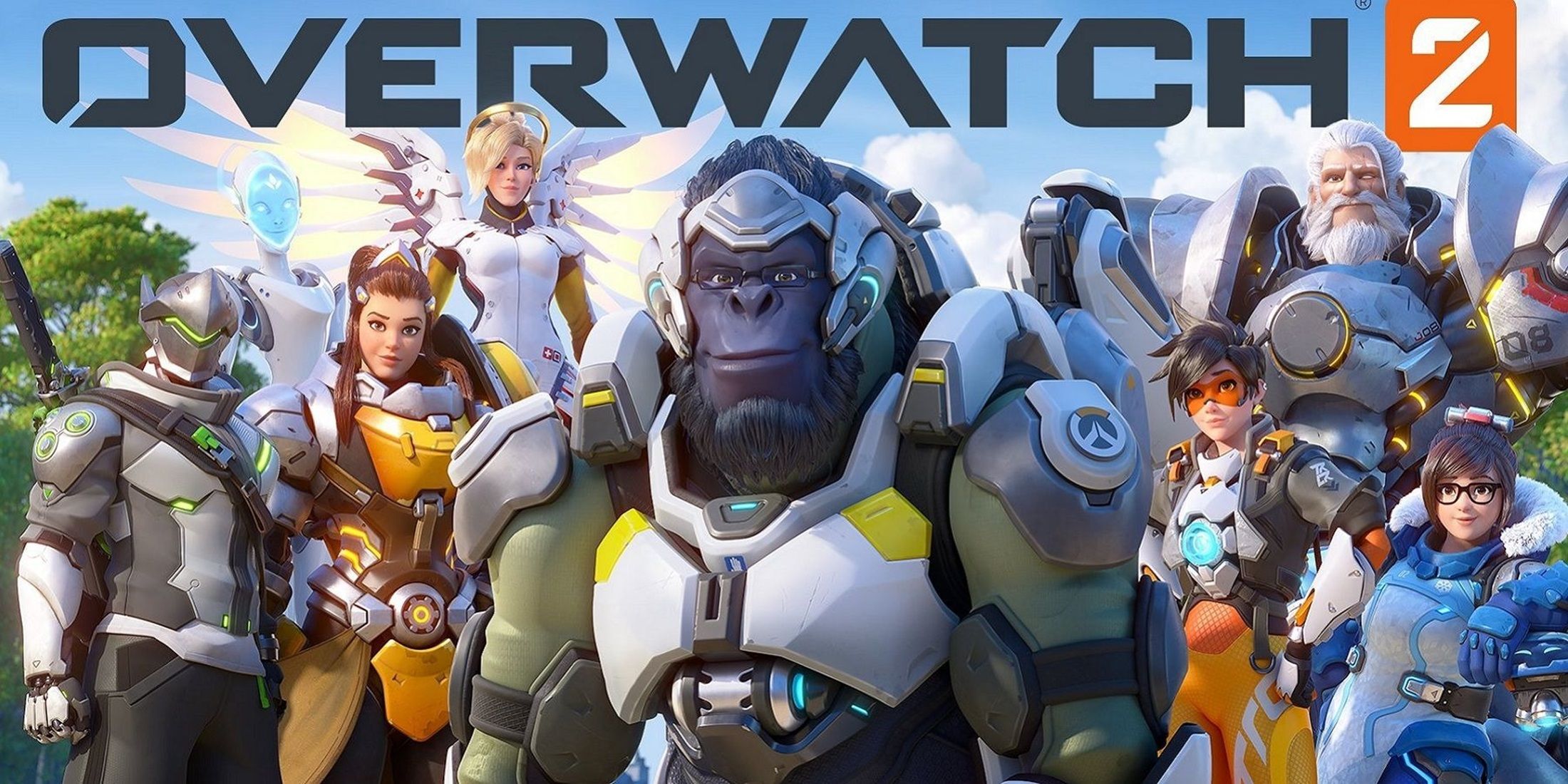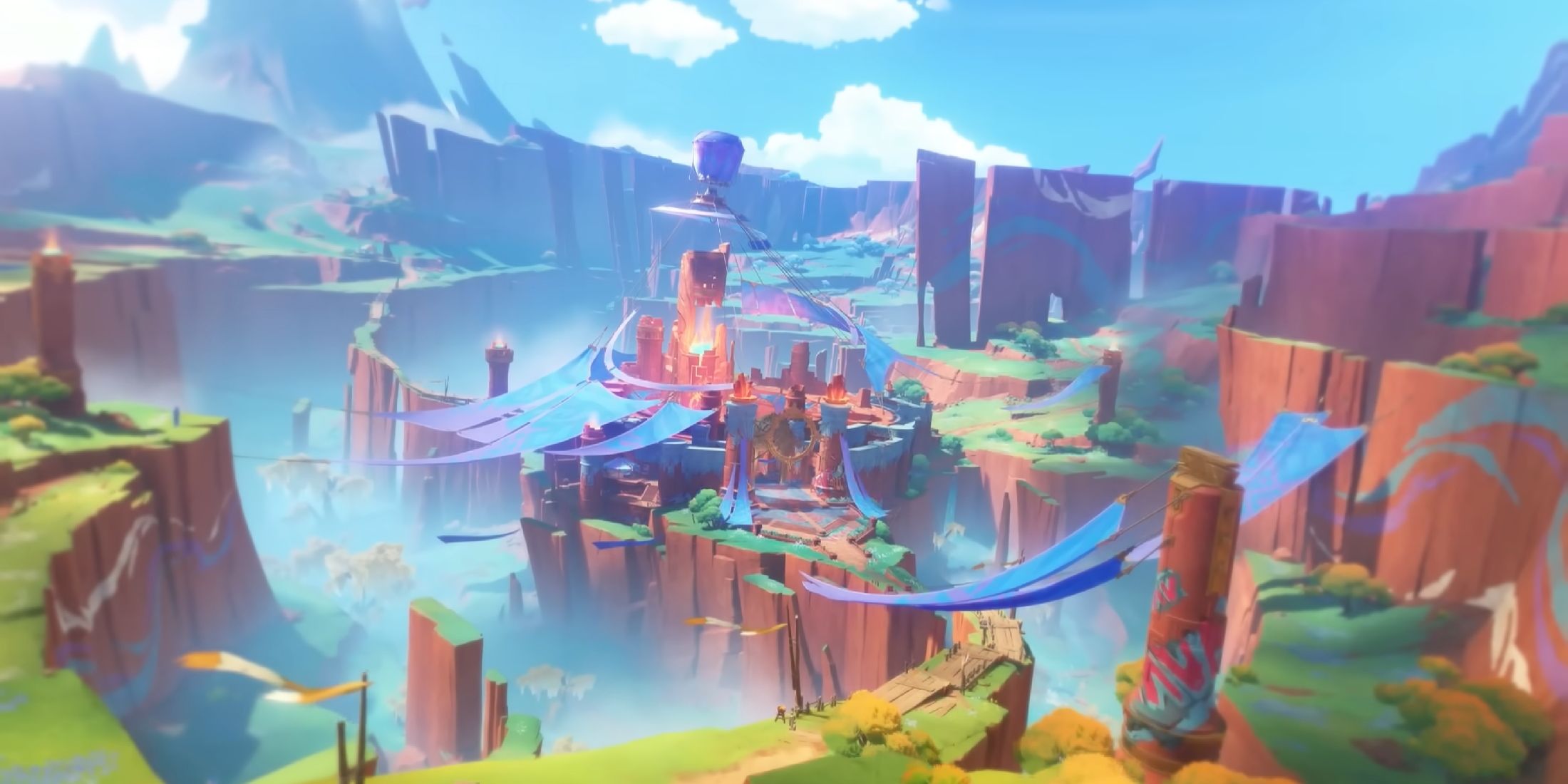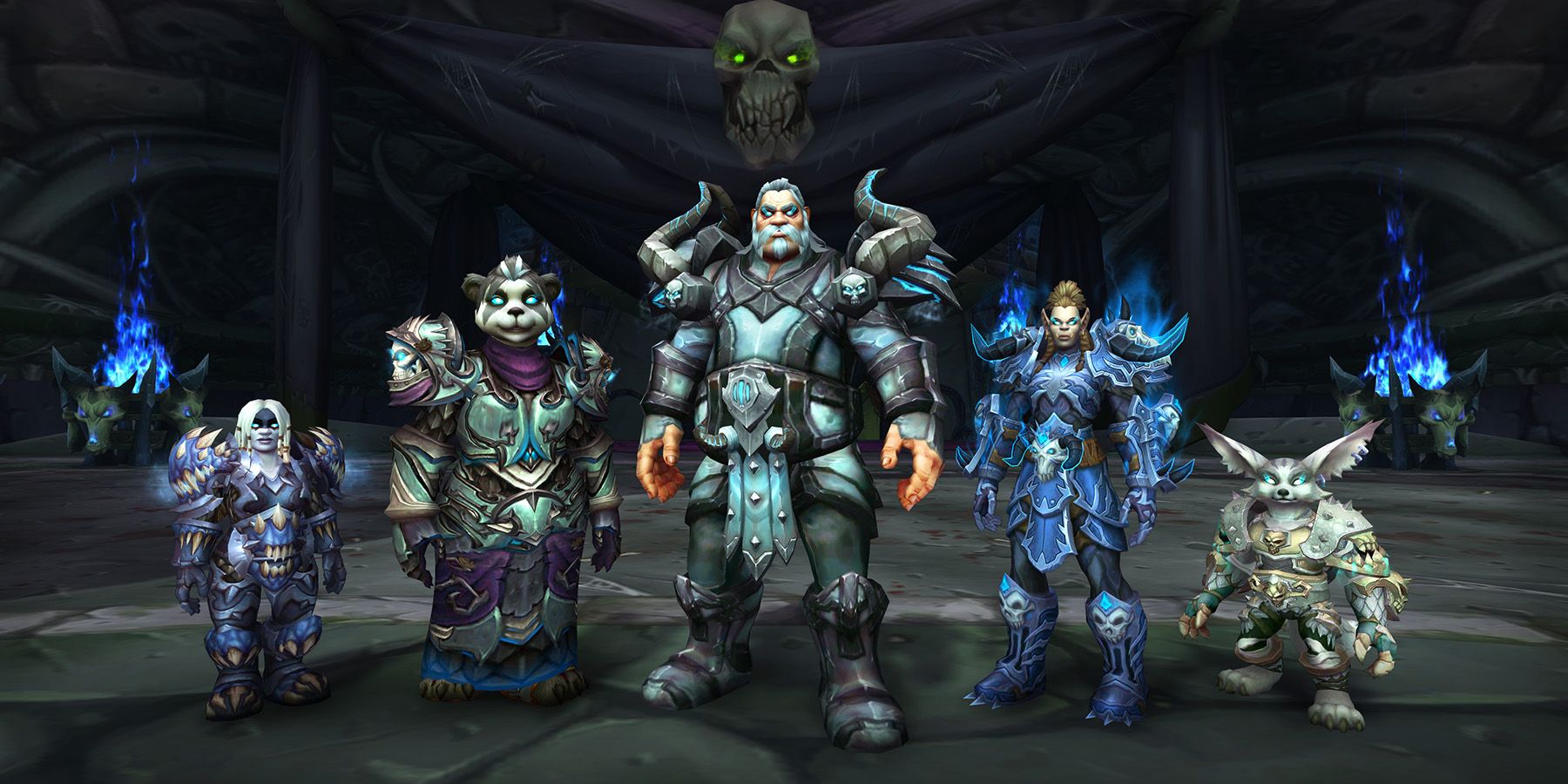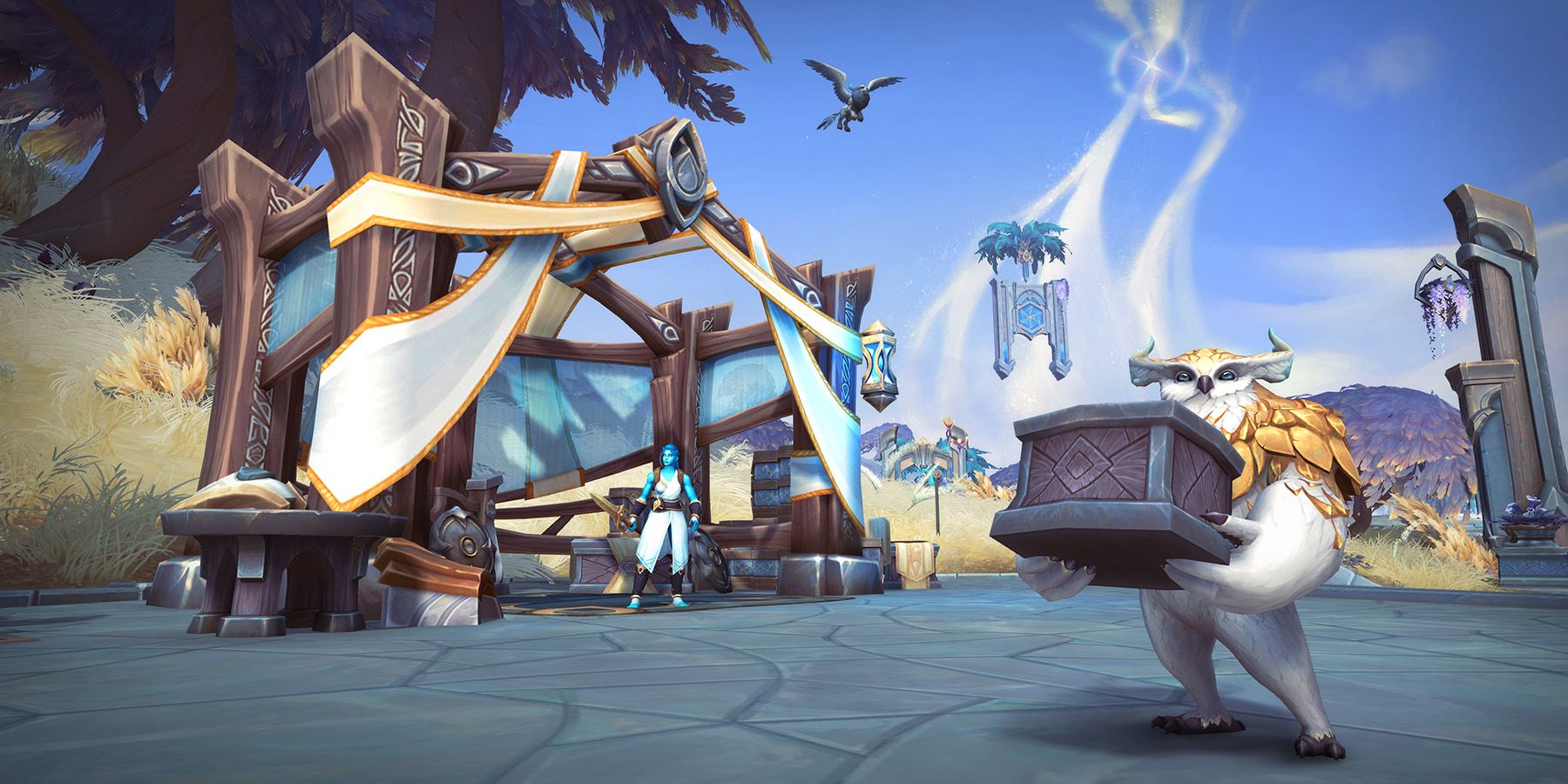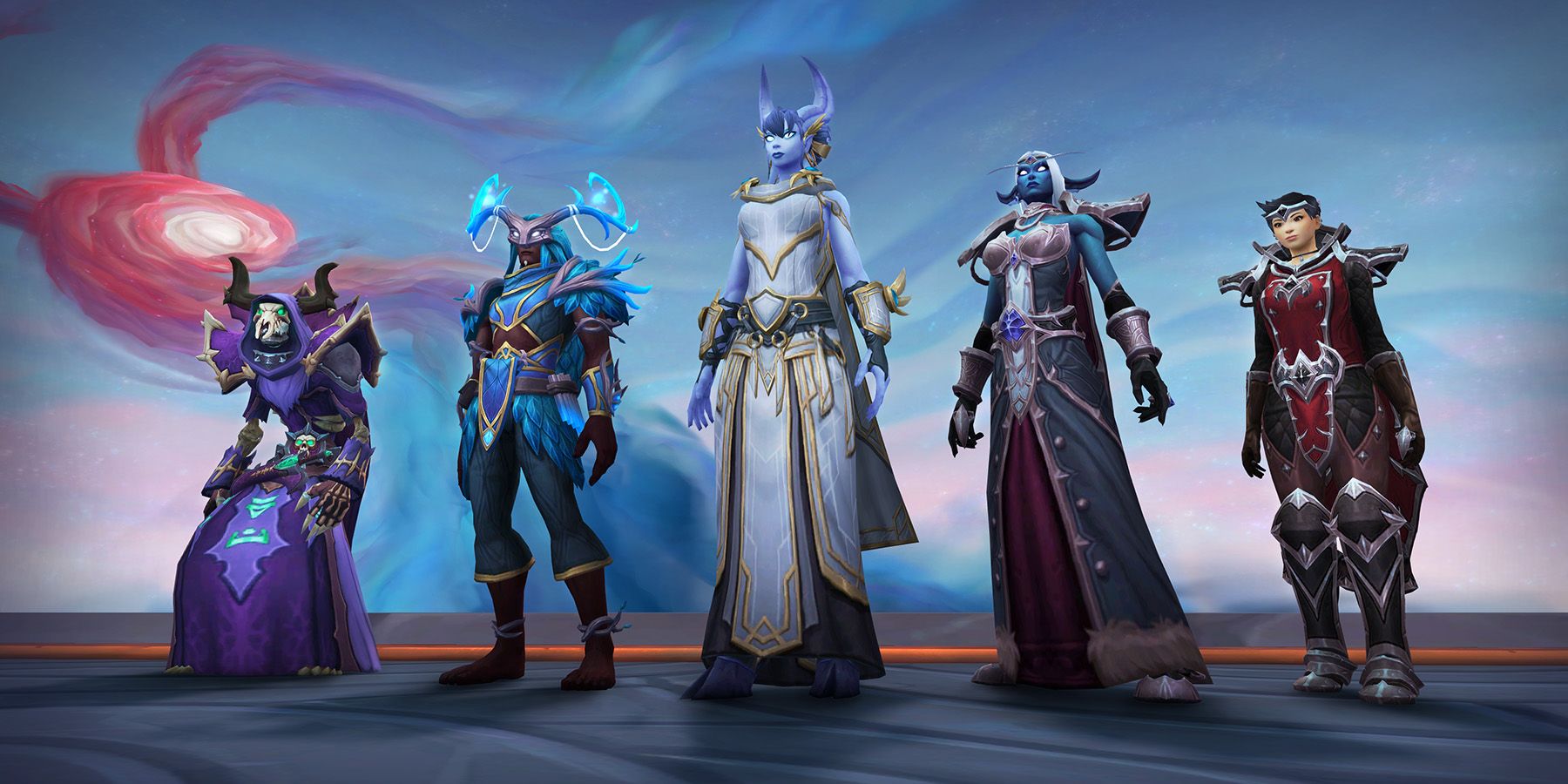The first choice any player makes in World of Warcraft is whether to fight for the Horde or the Alliance. Since the original Orc invasion of Azeroth, known as "The First War" portrayed in 1994's Warcraft: Orcs & Humans, the conflict has persisted in various forms throughout much of World of Warcraft's history.
After the events of Shadowlands, the conflict between these factions has seemingly never been less relevant. The Horde has evolved from being a simple collection of rampaging Orcs corrupted by demonic influence into an organized and relatively modern society. It no longer has a single Warchief at its head, instead opting for a ruling council of representatives from each of its member races. The Horde and the Alliance have become increasingly cooperative over the years, fighting together against greater threats that have shown there are more important things than petty territory disputes. Even game mechanics are shifting away from faction identity, with cross-faction content being introduced by Blizzard.
World of Warcraft's Factions Have Outgrown the War
World of Warcraft's expansion Battle for Azeroth saw major fighting between the two factions, primarily instigated by the Horde Warchief Sylvanas Windrunner. Sylvanas had been plotting to cause a great war that would result in as much death as possible on both sides as part of her plan to feed souls to the Jailer in the Maw. Her genocide at Teldrassil was successful, resulting in Horde and Alliance forces decimating each other in the aftermath. Both sides lost the majority of their navies and suffered countless casualties. The Horde replaced Sylvannas' Warchief position with a ruling council in order to prevent this sort of manipulation going forward, hoping to avoid another devastating war.
Most World of Warcraft expansions have a similar theme: the Horde and the Alliance continue their conflict for a while before the next Big Bad comes along and forces them to face a greater threat. Whether it's the Black Dragonflight, Old Gods, the Scourge and their Lich King, Burning Legion invaders, or the Sha in Pandaria, time and again the two factions have had to set their differences aside for the sake of Azeroth. One looming threat that will require the attention of both factions is Void Lords, creators of the Old Gods, who have been influencing events behind the scenes. It's unlikely that the Horde and Alliance will busy themselves with another war over territories like Ashenvale while faced with a threat as serious as the Void.
Game Mechanics in World of Warcraft are Placing Less Emphasis on Faction Choice
As World of Warcraft has evolved over the years, one of its aims has been to modernize and streamline the game's systems. One of the more noteworthy additions was the Mercenary Mode added in Warlords of Draenor. This system allows players to enter PvP battlegrounds as members of the opposing faction, though only as a solution to population imbalance. Still, this marked the beginning of the game blurring the lines between factions. Later on, faction identity was overshadowed by the Class Order Hall in Legion, where players of both factions would congregate according to their chosen class. Shadowlands' Covenants are secondary faction choice, hosting both Horde and Alliance in their halls and playing a central role in player identity.
The latest change coming to World of Warcraft may be the biggest shift away from the faction wars yet: the addition of cross-faction raiding. Arriving with Shadowlands' 9.2.5 patch, players are able to team up with members of the opposite faction to tackle dungeons, raids, and even Torghast. Players across factions will be able to communicate and trade as they participate in PvE activities together. A major step up from the problem-solving nature of Mercenary Mode, this cross-faction system won't have players magically taking on the appearance of the opposing faction. This will certainly be considered immersion breaking for many players, as part of the faction system is the various languages each race speaks and understands. A Human player attempting to speak to an Orc player would normally appear as complete gibberish.
However, as players have grown in power over nearly two decades, so too have their foes. While waging war over bits of land may have been appropriate for the Horde and Alliance of old, both sides have faced literal gods and the afterlife itself. With more dangerous enemies on the horizon and many lessons learned, cooperation between the Horde and Alliance is likely to increase further as the story develops.
World of Warcraft is available on PC.

